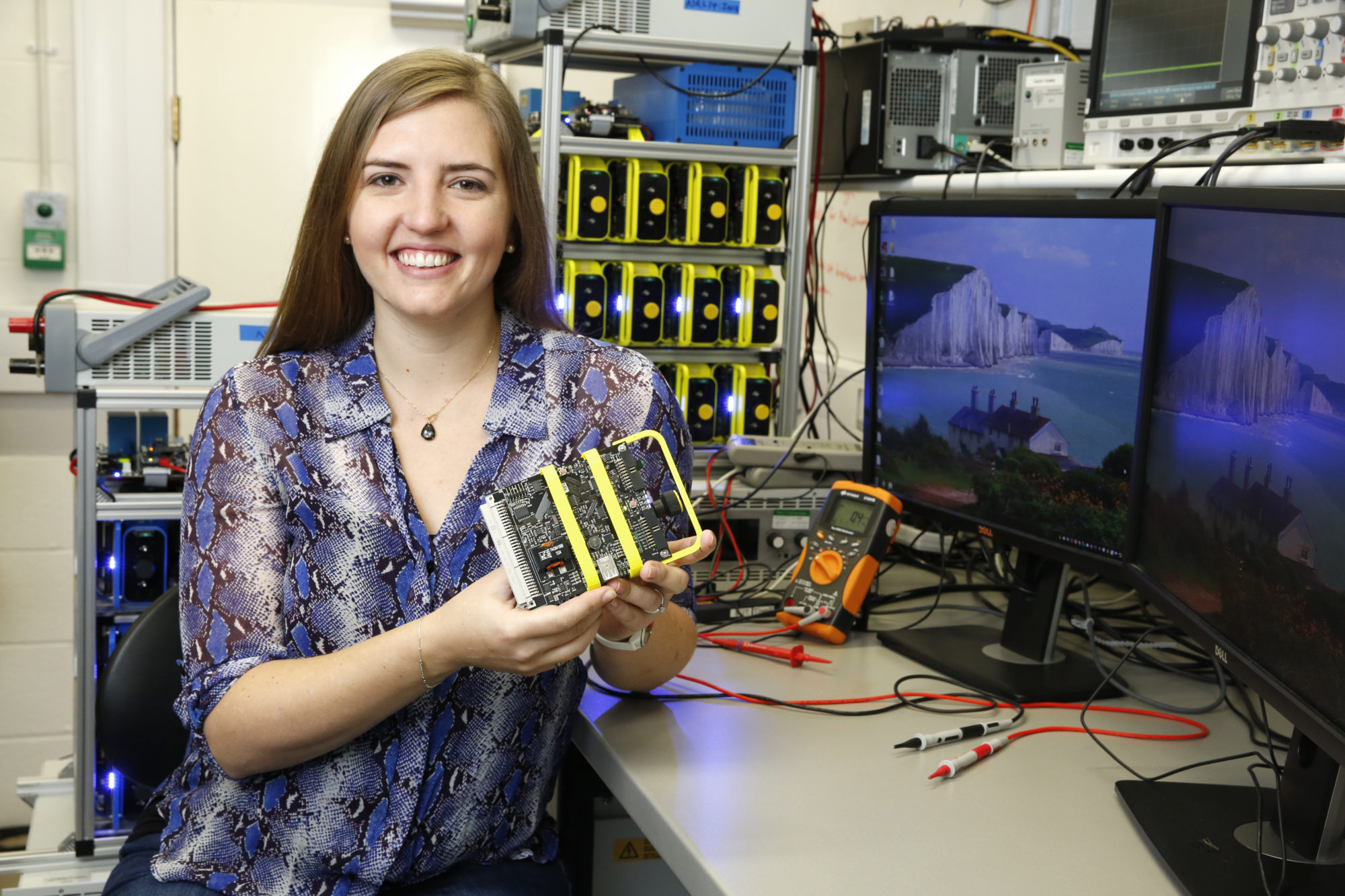Oxford-based start-ups are often in the very fortunate position of being able to access government grants as well as highly respected VCs.
As Brill Power has found, the former is the key to unlocking the latter, as well as helping a tech company get a foot in the door with large potential customers that would otherwise be too big to set up discussions around potential collaborations. Its technology helps charge and discharge batteries more efficiently to improve performance, affordability, reliability and longevity.
Its Chief Financial Officer and Chief Operating Officer, Carolyn Hicks, reveals that Oxford-based investors were impressed by the company’s technology, particularly as it was being backed by government grants.
“We’ve found that grants are great for inducing confidence in investors because if government bodies are awarding you money, it shows VCs you’ve got an idea that’s worth backing,” says Carolyn Hicks, Chief Financial Officer and Chief Operating Officer at Brill Power.
“We have won two grants with the Faraday Institution which have really helped us get local VC funding from Oxford Sciences Innovation and Oxford Investment Consultants. It also meant we get to form research collaborations with companies such as Aston Martin in automotive. It’s amazing to get that access to how they work and to get an introduction that would otherwise be very difficult to achieve.”
Oxford needs space for expansion
Brill Power is typical of an Oxford start-up, in that its co-founders were at Oxford University together. It faces a tough decision in a year’s time when it believes expansion will require larger office space but, Carolyn laments, there is a dearth of large space available.
“Oxford is superb for access to very bright talent which is vital for us, we need a highly educated, highly skilled team,” she says.
“What it lacks is larger offices for start-ups in the city centre, and the same goes for lab space too. We love access to the train station and being able to take public transport to work and so it’s going to be tough to find the right space for us to expand near to the city centre.”
Optimising battery performance
Next year is going to be crucial for Brill Power as its battery management technology is made commercially available for the first time. It allows large batteries, typically the size of a dishwasher and above, to be run more efficiently. Its sophisticated management technology can ensure batteries are charged and discharged in the optimum fashion to ensure a weaker cell does not hold back the performance of the entire battery.

At first its system is expected to be used in batteries for storing electricity within homes, offices and schools. In the future they also feature in electric vehicles. Its Faraday-funded worked with Aston Martin, based near Oxford, and Delta Motorsport at Silverstone is seeking to get the best of both worlds from battery technology.
Typically, a battery pack in a car will need to trade off either performance or range. Each requirement leads to a slightly different chemistry within a lithium ion cell. However, Brill Power is seeking to demonstrate its technology can be used to combine both types of battery within the same car so a performance vehicle can have speed when it needs it yet still provide a reassuring range.
About this case study - Powering up for the Green Recovery: Oxfordshire's role in building a cleaner future
Advanced Oxford would like to thank all of the companies that participated in this project for their time and for providing us with images which illustrate their technology and work. This case study was written by Sean Hargrave, working with Advanced Oxford.



